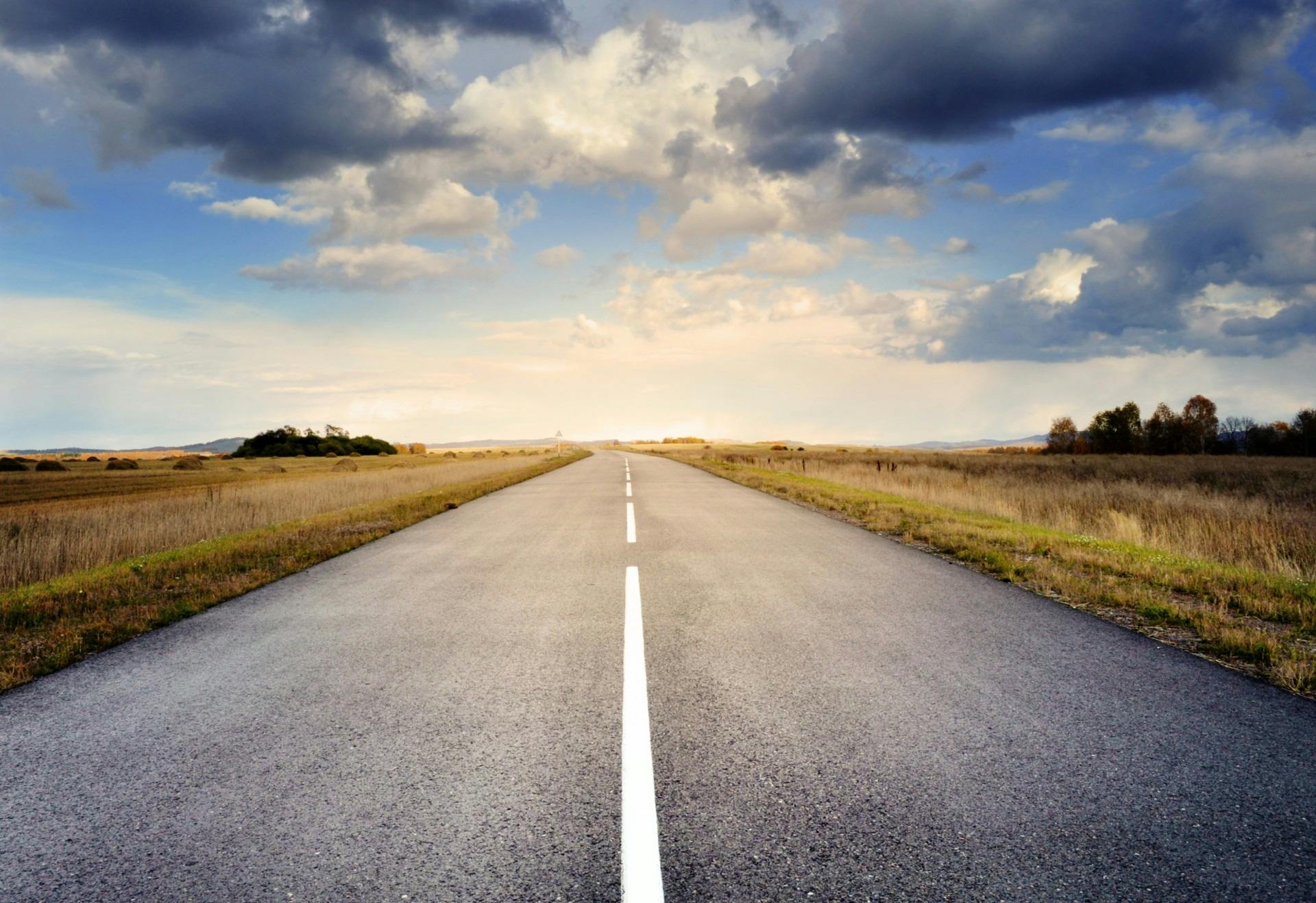
Lahore to Surab – Distance, Routes, and Travel Options
Surab is a district town in central Balochistan surrounded by rugged ranges and highland plateaus. A trip from Lahore to Surab carries you across Pakistan’s varied geography — from the fertile plains of Punjab through the Sulaiman foothills and into the arid and mountainous heart of Balochistan. Below you’ll find practical routing options, distances in both kilometres and miles, and realistic duration estimates for travel by road, rail (where applicable), and air plus road transfers.
Distance from Lahore to Surab
The straight-line (as-the-crow-flies) distance between Lahore and Surab is roughly 851 kilometres (529 miles). This gives a sense of the geographic separation though actual driving distances are typically longer due to road routing. :contentReference[oaicite:0]{index=0}
Traveling from Lahore to Surab by Road
Road travel is the most direct door-to-door option but also the longest single continuous transfer. Depending on the exact route you choose (commonly via Multan → Sukkur → Quetta corridor or via N-70 / N-25 linkages) and on traffic/road conditions, a driving trip from Lahore to Surab typically ranges between 12 and 15 hours of driving time under normal conditions. Geodatos’ travel-time calculators show typical car travel estimates that correspond to around 9–14 hours depending on average speed assumptions, which matches practical on-the-ground experience for long interprovincial drives into Balochistan. :contentReference[oaicite:1]{index=1}
Common road route (example):
- Lahore → Multan / Sukkur: Start on M-3 / M-4 towards Multan and continue south/west toward Sukkur (N-5) or head toward Dera Ghazi Khan and connect to N-70, depending on your preferred line into Balochistan.
- Sukkur / Quetta corridor → Khuzdar / Wadh → Surab: From the Sindh/Balochistan border areas join N-25 (RCD Highway) toward Khuzdar/Wadh, then take the local links into Surab district. Road quality improves on major highways but local links into Surab include two-lane and single carriage sections.
What to expect on the road: long stretches with limited services, mountainous passes as you approach central Balochistan, and possible slowdowns from local traffic, livestock or roadworks. Plan fuel and rest stops in major towns (Multan, Sukkur, Khuzdar/Quetta depending on route) and carry water and emergency supplies for remote stretches. :contentReference[oaicite:2]{index=2}
Traveling from Lahore to Surab by Train
There is no direct passenger rail service that takes you all the way into Surab town itself — Surab is inland and off the main trunk railway lines. The practical rail option is to travel by train from Lahore to a major railhead (for example Rohri / Sukkur or Quetta / Sibi depending on routing), then continue by road for the remaining distance. Train travel from Lahore to Quetta or Sukkur is typically a long overnight journey (often 16–22 hours depending on service and routing), and the onward road leg from Quetta/Khuzdar to Surab adds several hours. This approach is useful if you prefer long-distance rail for comfort but accept a final road transfer. :contentReference[oaicite:3]{index=3}
Traveling from Lahore to Surab by Air (plus Road)
Surab does not have a commercial airport of its own; the nearest major airport is Quetta International Airport and there are smaller airstrips in the region (Khuzdar, Dalbandin etc.). Flying from Lahore to Quetta is the fastest way to cover most of the distance: direct flights typically take about 1 hour 20–1 hour 35 minutes of airborne time, after which you continue by road from Quetta to Surab (roughly ~200 kilometres / ~125 miles, an additional ~3–5 hours depending on exact routing and road condition). Using a flight + road link reduces total travel time substantially compared with a full road drive. :contentReference[oaicite:4]{index=4}
Typical air + road example:
- Fly: Lahore (LHE) → Quetta (UET) — ~1.3–1.5 hours flight time. :contentReference[oaicite:5]{index=5}
- Drive: Quetta → Surab — approximately 3–5 hours by road depending on route and traffic; the Quetta–Surab sector is roughly ~200 km by common road alignments. :contentReference[oaicite:6]{index=6}
Practical Tips & Safety Notes
- Book connections carefully: If you fly into Quetta, allow cushion time for deplaning and arranging onward road transfer (airport taxis, private car hire or pre-booked driver). Flights can be short but transfers take longer than you might expect in provincial airports. :contentReference[oaicite:7]{index=7}
- Road readiness: Ensure your vehicle is serviced, spare tyre and extra fuel if you’re self-driving — remote stretches in Balochistan have fewer service stations.
- Documents & checks: Carry ID and travel documents; some internal checkpoints are possible on interprovincial routes — keep them handy.
- Weather & season: The cooler months (October–March) are generally the most comfortable for this journey; summers in parts of Balochistan can be very hot and dusty.
- Local airports: Surab itself does not operate regular commercial flights; nearest air gateways and small airstrips are listed for the area (e.g., Khuzdar, Dalbandin and Quetta are the practical options). :contentReference[oaicite:8]{index=8}
Which option is right for you?
If speed and lower fatigue matter most, fly to Quetta and take the road transfer to Surab. If you prefer door-to-door flexibility and want to sightsee en route, a road trip from Lahore is doable in a long day or split into two days with an overnight stop (Multan/Sukkur/Khuzdar as logical staging points). Train + road is a reasonable compromise for travellers who want the relaxed pace of rail for the majority of the distance while accepting a final road leg into Surab. :contentReference[oaicite:9]{index=9}
Summary
In short: straight-line distance ~851 km (529 mi); by road expect roughly 12–15 hours driving depending on route and conditions; train options require a railhead + road transfer and usually take significantly longer in elapsed time; fastest overall is air to Quetta (~1.3–1.5 hours) plus a road leg of ~3–5 hours into Surab. These estimates rely on geographic distance calculators and typical flight schedules — always check live schedules and local road conditions before you travel. :contentReference[oaicite:10]{index=10}





0 Comments